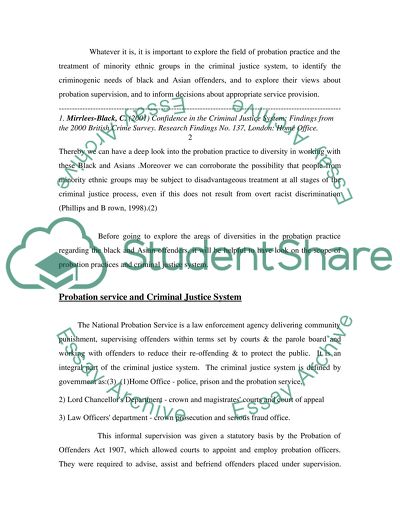Cite this document
(Probation Practice for Black and Asian Offenders Case Study - 1, n.d.)
Probation Practice for Black and Asian Offenders Case Study - 1. Retrieved from https://studentshare.org/law/1543926-probation-practice-in-england
Probation Practice for Black and Asian Offenders Case Study - 1. Retrieved from https://studentshare.org/law/1543926-probation-practice-in-england
(Probation Practice for Black and Asian Offenders Case Study - 1)
Probation Practice for Black and Asian Offenders Case Study - 1. https://studentshare.org/law/1543926-probation-practice-in-england.
Probation Practice for Black and Asian Offenders Case Study - 1. https://studentshare.org/law/1543926-probation-practice-in-england.
“Probation Practice for Black and Asian Offenders Case Study - 1”. https://studentshare.org/law/1543926-probation-practice-in-england.


